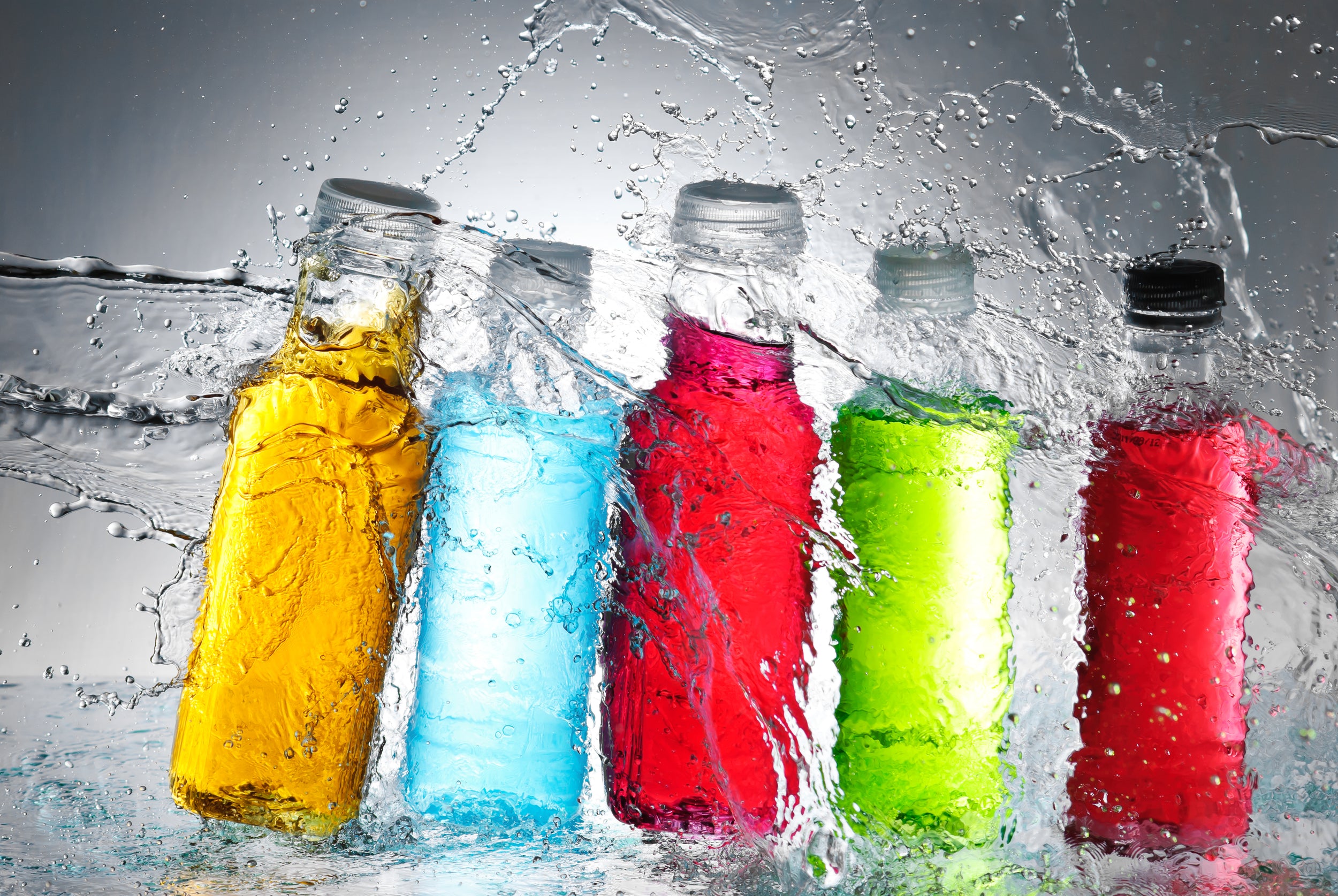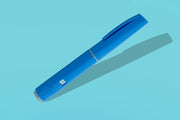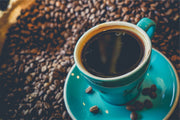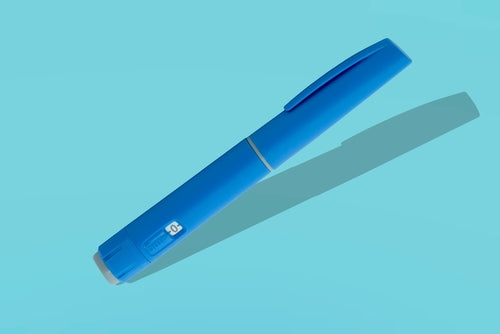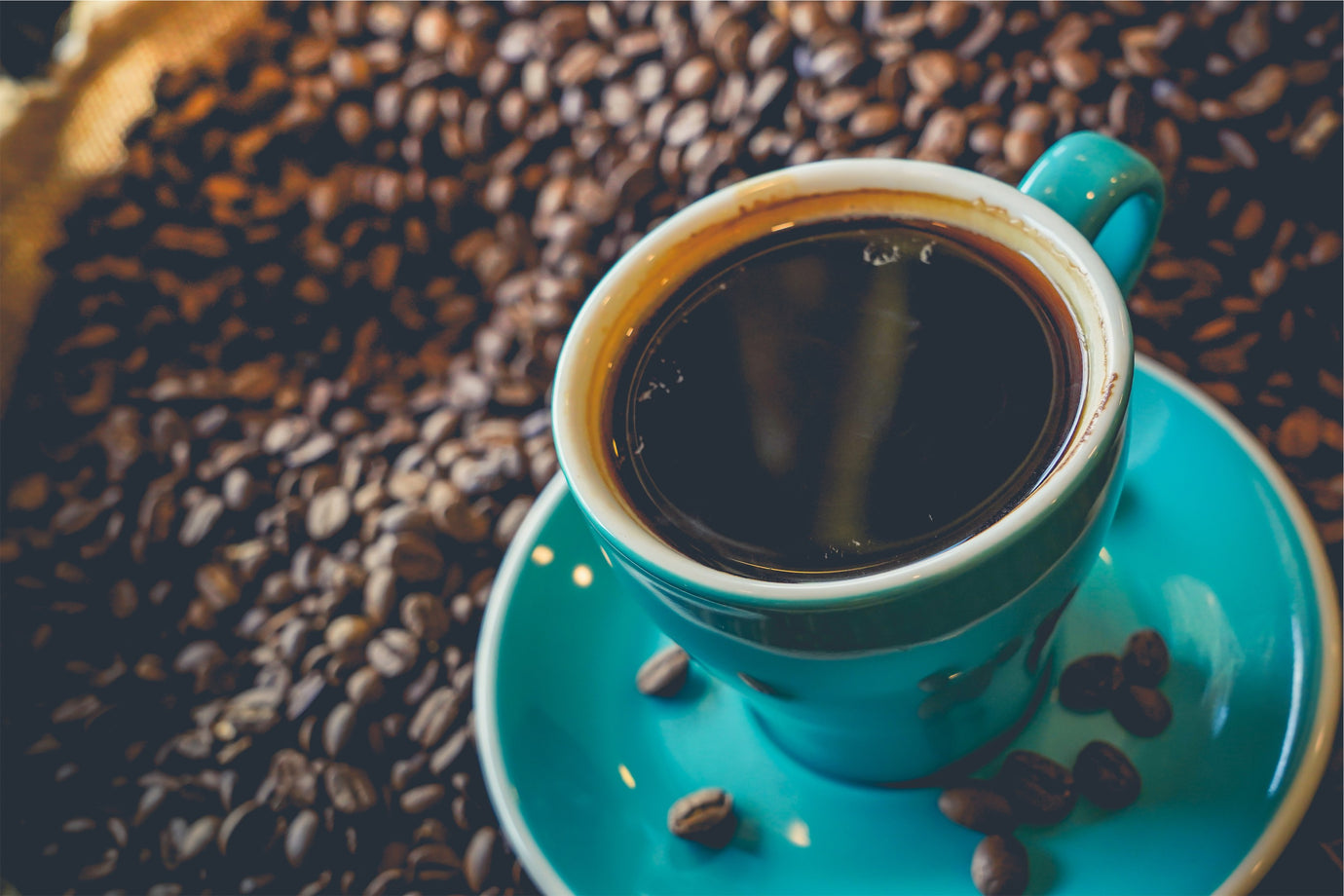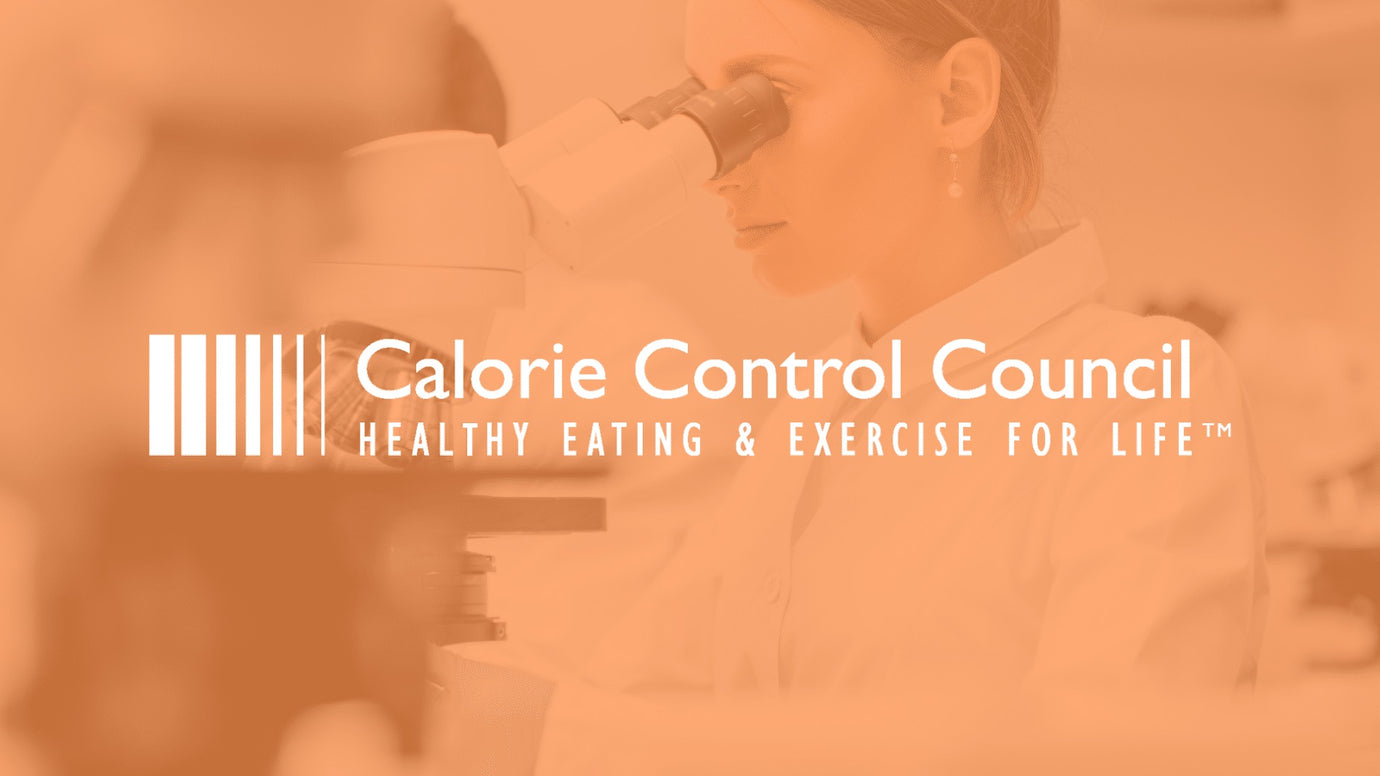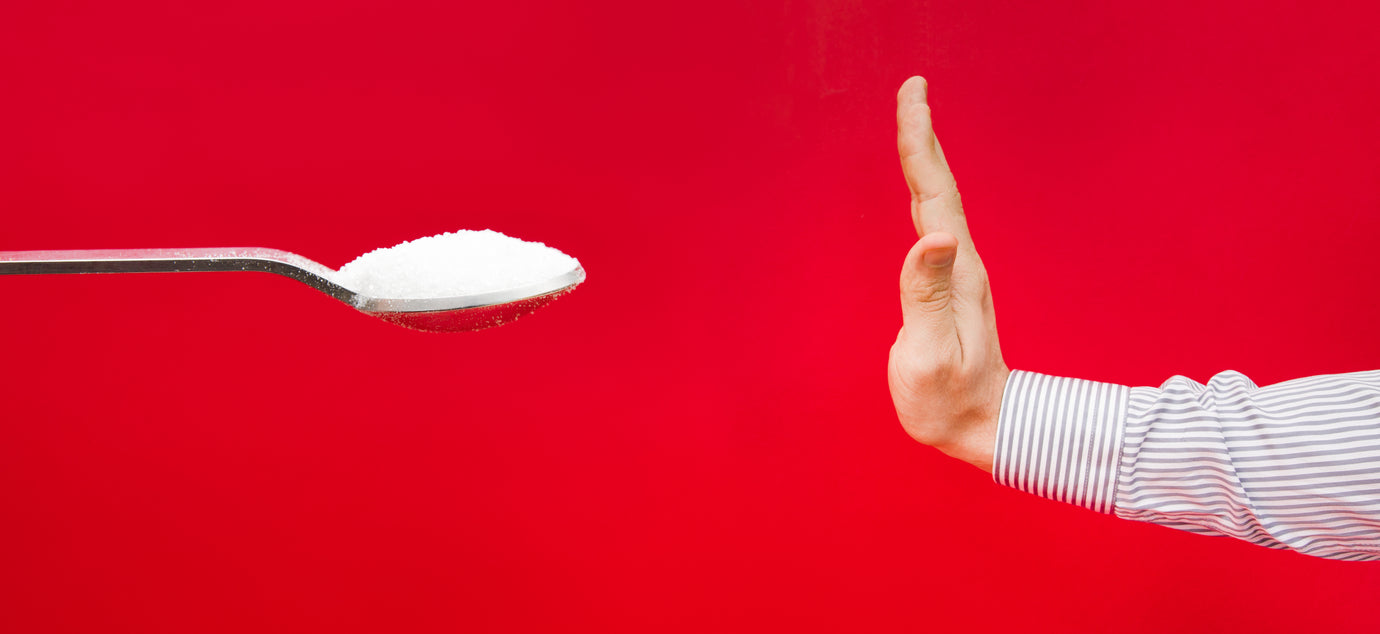In the US, the FDA has not imposed specific restrictions or requirements on the sale or labeling of energy drinks, but the American Beverage Association’s Guidance for the Responsible Labeling and Marketing of Energy Drinks does lay out some rules, including that energy-drink packaging must declare the total amount of caffeine per drink, that they cannot be marketed at children, and that they cannot be labeled as dietary supplements. Adherence to these rules is voluntary, however, and 5 percent of energy drinks sold in the US don't follow them. And given current rates of energy-drink consumption among teenagers and children both in the US and UK, the efficacy of such rules is questionable.
Health Kick
Given all of this, the most recent transition in the energy drink market can be seen as the most alarming: their transmogrification into health drinks, with brands such as Tenzing, Brio Yerba Mate, and PerfectTed flooding supermarket shelves.
“The changes we see in the energy drinks industry is a result of wider health and wellness trends,” says Rachel Yon Choi, behavioral analyst at brand consultancy Canvas8. “While people still want energy-boosting drinks, they want that boost from a source that’s beneficial to their body and well-being. They’re moving away from sugar, synthetic, and ultra-processed ingredients to seek out cleaner, ‘better for you,’ and lower-calorie products.”
Huib van Bockel, founder of Tenzing, took inspiration for his brand from “Sherpa tea” (typically organic black tea, with added yak butter and salt, making it rich in electrolytes, fat, and natural caffeine), as well as Tenzing Norgay, who along with Edmund Hillary became one of the first people to summit Everest in 1953. With sherpas known for seemingly superhuman feats in oxygen-depleted “death zones,” the health connotations are clear.
“We have the same amount of natural caffeine as a cup of coffee and 60 percent less sugar than a traditional energy drink,” says Van Bockel. “Because of the low sugar levels and our natural blend of caffeine, L-theanine, electrolytes, and vitamin C, you get the uplift but not the crash,” he says.
Marber, while not specifically addressing Tenzing, is clear that adding in “healthy” ingredients doesn’t magically turn an energy drink into a health tonic. “There’s nothing wrong with some caffeine and sugar, but having lower amounts than other offerings doesn’t make it ‘healthy’ any more than adding nutrients does,” he says. Again, it’s down to consumer habits. “I don’t think there are unhealthy foods, more unhealthy habits. So an average quality drink here and there is fine, more often isn’t,” Marber says.
Ultimately, Russell believes that empowering consumers to make better choices could be the solution to curbing potentially dangerous caffeine consumption. “It’s informing them as to why a cup of coffee or tea might be better than an energy drink,” she says.
Panera Bread has tried this. On October 30, the brand added prominent warnings to its Charged Lemonade in stores and online, reading: “Use in moderation. NOT RECOMMENDED FOR children, people sensitive to caffeine, pregnant or nursing women.” At the time of writing, three “Charged” drinks remain available on Panera’s website, including Blood Orange Charged Splash (150–219 mg of caffeine) and Strawberry Lemon Mint Charged Lemonade (158–237 mg). And the buzz around these and other highly colored, high-power drinks is showing no signs of slowing down.
Updated 12/15/23, 2:15 pm EST: This piece has been updated to add more detail around the quantities of caffeine in certain drinks and the impacts of caffeine consumption.

